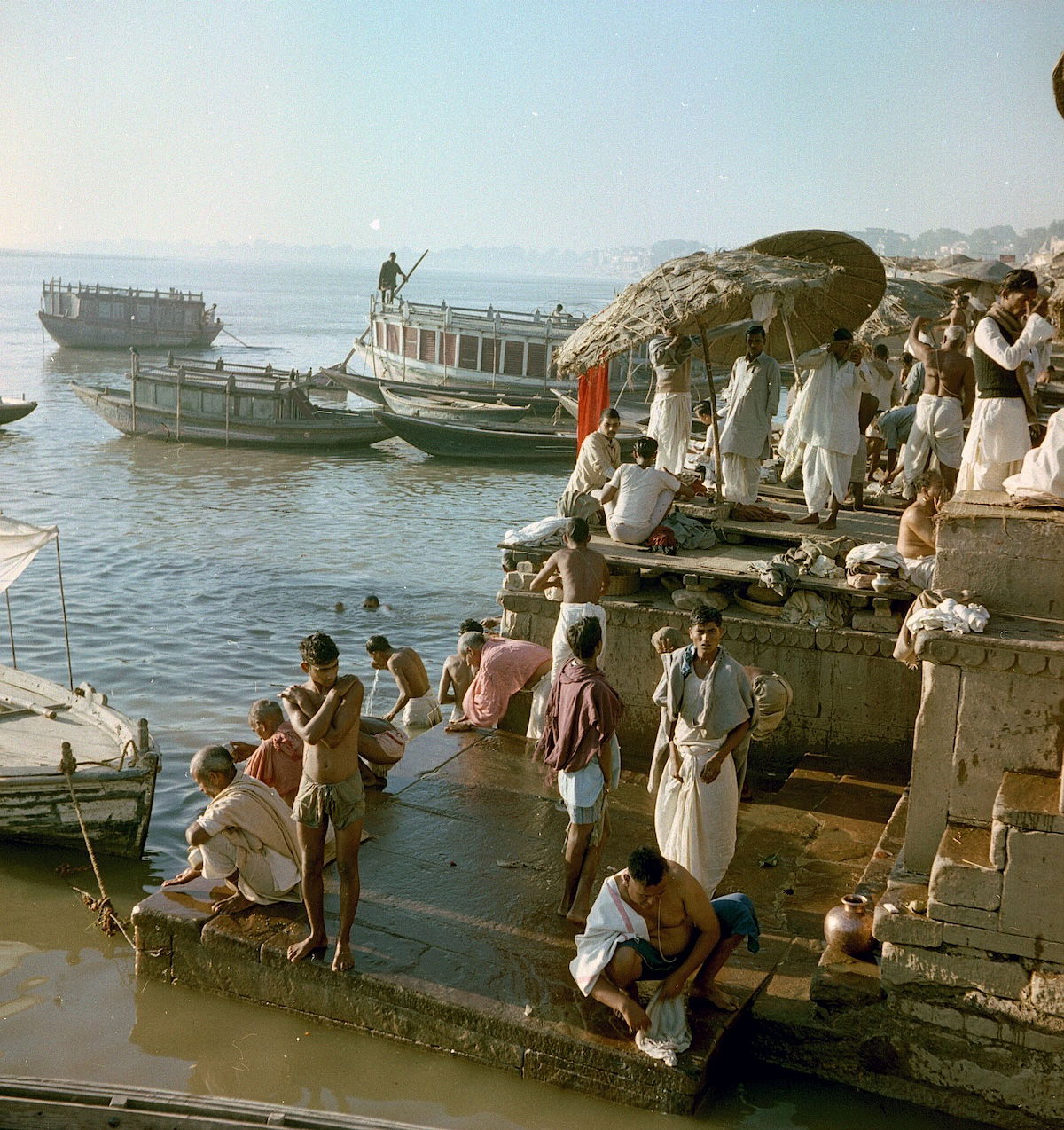‘Gods, Guns and Missionaries’ by Manu S. Pillai review
Hinduism predates colonialism by thousands of years, but in Gods, Guns and Missionaries: The Making of the Modern Hindu Identity Manu S. Pillai explains how European ideas shaped Hindutva.

On 17 March this year, a riot broke out in Nagpur, central India, over a Bollywood film and a man who died more than three centuries ago. The line between Bollywood and Indian politics has often been thin. But under the rule of the Hindu-majoritarian Bharatiya Janata Party (BJP) the silver screen has become a favourite outlet for the playing out of supposed historical grievances. Chhaava, a recent film casting the Mughal emperor Aurangzeb (1618-1707) in a particularly villainous light, prompted right-wing Hindu outlets to demand the removal of Aurangzeb’s grave – a demand then echoed by leading BJP politicians including the chief minister of Maharashtra. Nagpur, some 500 kilometres from the grave, began burning a few days afterwards.
To understand why history has become such a raw nerve in India, one has to understand the genesis of modern Hindu identity. Who is a Hindu? And, critically, who is not? For centuries Hindu traditions were remarkably flexible and malleable, an open door which accommodated new ideas, gods, traditions, and practices. ‘This closing of the door’ is the focus of Manu Pillai’s impressive book: how openness mutated into defensiveness. It is essential reading for anyone curious about the long roots of India’s current political dispensation.
Pillai rejects the claim, made since the 1980s, that Hinduism was ‘invented’ through the colonial encounter. There was already a sense of a distinct Hindu identity – a sense of ‘us and them’, as he puts it – by the consolidation of Muslim rule in the subcontinent in the 12th century. However, Christian missionaries, especially Protestant ones, catalysed this process of identity formation. At first, these Bible-toting white men were nuisances. Indians were repulsed by their ignorance and air of cultural superiority. But when supplemented with political and military power – first under the Portuguese, later under the British – they were harder to ignore.
European ideas of Hinduism might have been full of ‘half-boiled theories’, but those ideas now informed how India’s new political masters ruled the country. A fundamental tension animated the Hindu encounter with European Christianity. Indians were eager to embrace certain Western ideas while avoiding Western acculturation and Christian conversion. This tension played out across a diverse range of characters. In Bengal the reformer Rammohan Roy (1772-1833) channelled Enlightenment precepts into a rebranded Hinduism that was monotheistic and iconoclastic (Rammohan flirted with Unitarianism, and many of his British and American friends hoped he would usher in mass Christianisation in India). In the Tamil country, Rajah Serfoji II of Tanjore (1777-1832), patron of both Vedic studies and Western education, wrote a pedagogic text where a Hindu goddess learned about the moon’s orbit and the geography of Delaware.
Many Europeans faced an obverse cultural pull. In the 16th century the Jesuit Roberto de Nobili modelled himself as a Brahmin to win converts: ‘I shall become an Indian to save the Indians.’ Others – after a few years of denouncing the supposedly heathenish customs around them – became remarkably sympathetic towards Hinduism. By the time of the Enlightenment, European savants were using Hindu texts to savage not Hinduism but Christianity. An Orientalist focus on the Vedas as the ‘original source’ of Hinduism influenced contemporary religious practice: in time, numerous Hindu reformers embarked on their own search for authentic Hinduism. They rejected Hinduism’s lived reality, one of heterogeneity and flexibility, in favour of a belief system similar to what their white rulers practised. ‘It was in these circumstances that Hinduism’s current avatar emerged’, Pillai writes, ‘with one foot in tradition, the other in European sensibilities and confusion.’
Hinduism thus underwent a process of Protestantisation, just as a number of other non-Western religions including Buddhism, Zoroastrianism, and even Shintoism did. In this sense, Gods, Guns and Missionaries is about something profoundly bigger than the Indian subcontinent. It is part of a global story in which loosely organised, syncretic religious traditions were steamrolled by the Abrahamic model: one God, one book, one truth that negated accommodation with all other beliefs.
It was not inevitable, however, that this change would lead to today’s ‘Hindutva’ or Hindu nationalism. Pillai rightly points out that other reformist models existed which had far warmer attitudes towards Christianity and Islam. The question, then, is how Hindutva eventually triumphed. For this, Pillai gives the lion’s share of ‘credit’ to Vinayak Damodar Savarkar (1883-1966). Influenced by both Mazzini and Hitler, Savarkar crafted a simple formula for who was Hindu and who was not: Hindus were those who claimed India as their fatherland and holy land. All others – especially Muslims – were on watch.
Savarkar died in relative obscurity, tarnished by his association with Gandhi’s assassin, Nathuram Godse, but he has undergone a resurrection of sorts under the BJP. And his obsession with history has found a modern avatar in the BJP’s broader cultural project, focussed as it is – through Bollywood, ‘H-Pop’ music, and WhatsApp groups – on perceived enemies of Hinduism. The Nagpur riots are only the latest in a pattern of bloodletting over age-old events, real and imagined.
All of this is symptomatic of a tectonic shift in India over the last decade, as the country’s founding values of secularism and tolerance have been jettisoned. ‘Our elders had raised us with values that they had themselves abandoned’, writes the journalist Rahul Bhatia in his recent book, The New India: The Unmaking of the World’s Largest Democracy. ‘Like moisture that warps paper, something unseen was changing us.’ That ‘something unseen’, as Pillai shows, has been centuries in the making.
-
Gods, Guns and Missionaries: The Making of the Modern Hindu Identity
Manu S. Pillai
Allen Lane, 624pp, £35
Buy from bookshop.org (affiliate link)
Dinyar Patel is Associate Professor of History at the S.P. Jain Institute of Management and Research in Mumbai.